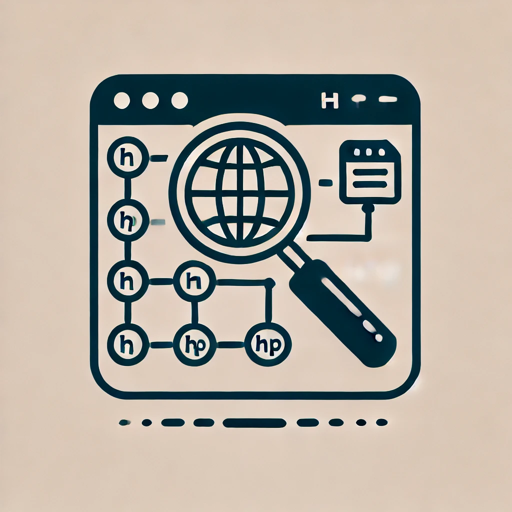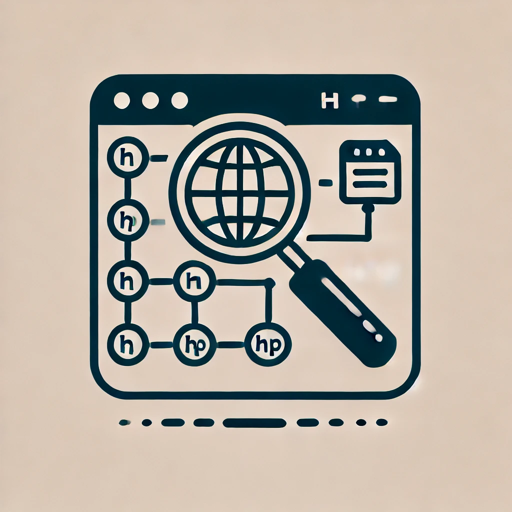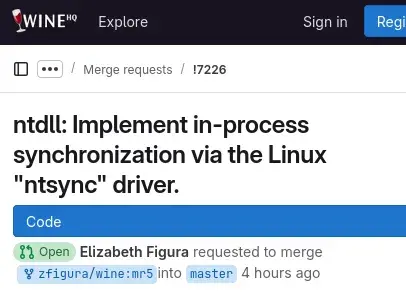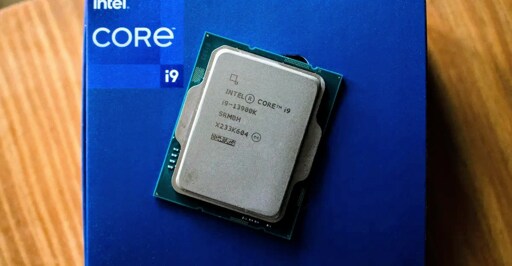- 9 Posts
- 7 Comments

 02·3 days ago
02·3 days agoIndeed. Tucked away in a corner of their web site, where it isn’t easy to find unless someone else guides you to it, below a large bold warning that discourages people from actually using it:
Danger zone
Advanced users with special needs can download the Signal APK directly. Most users should not do this under normal circumstances.
This ensures that nearly nobody uses that build. Consequently, almost all chats on Signal will have an app store build running on at least one endpoint.

 02·3 days ago
02·3 days agoIt’s not false.
Signal’s default, well-supported installations use Google services, so unless you’re an extremely atypical user, those services are present on most of your contacts’ devices. You might have the knowledge, skill, and motivation to remove those services from your own device, but since they’re still present at the other end of most chats, you haven’t escaped them.
Let’s also remember that E2EE doesn’t protect the endpionts, and that Google Play Services run with system-level privileges.

 3·4 days ago
3·4 days agoClaburn’s article seems biased toward Martin’s position in the disagreement, using the most forgiving language possible for his behavior while describing the opposing side with obviously critical language and insufficiently covering the reasons for it. Linus’s response might be mildly interesting, but the article is disappointingly poor journalism.

 01·4 days ago
01·4 days agoIt’s been recently added to FDroid.
No, it has not. A third party published it in an f-droid compatible repository. That might be convenient for someone who happens to trust that third party and manually add it to their F-Droid client, but it is not at all like it being added it to F-Droid.
You can use NTFY with Molly (which has been on FDroid for some time).
This does not refute what I wrote. Unless you only communicate with people who get their Signal app from some non-Google source and they all rig up alternative push notification channels, or every one of them uses Signal exclusively on iOS, your conversations are still tied to Google. Perhaps you have so few contacts that you could achieve that, but most people are not in that position.
network-level metadata monitoring by anyone with sufficient access/influence at Signal or their data center provider (such as a government who doesn’t like encrypted messaging).
This one is just a straight-up lie. Everything on the server is encrypted and no one has the keys except the participants.
Encryption doesn’t hide network traffic. Signal’s centralised design means there is a single point where that traffic can be monitored and traced to reveal which endpoints are talking to each other, and where, and when.
What I wrote is not a lie, which you would know if you actually understood these issues. Please stop making baseless accusations. You are wrong, and you are being very rude.
If you’re interested in correcting your ignorance, I suggest starting with this paper, which touches on some of the issues:
https://www.ndss-symposium.org/ndss-paper/improving-signals-sealed-sender/
If the paper is too much for you, the linked video does a pretty good job of explaining.

 01·4 days ago
01·4 days agoSignal is easier to use, more private, and faster.
Unfortunately, it is also effectively tied to Google services due its app distribution and push notification channels on Android (which most people on Signal use), and as a centralised service, it is vulnerable to shutdown or network-level metadata monitoring by anyone with sufficient access/influence at Signal or their data center provider (such as a government who doesn’t like encrypted messaging).
(Edit: rephrased for clarity)

 0·5 days ago
0·5 days agoMatrix is good for private general messaging. The fact that it’s decentralised means it can also withstand things like government-ordered shutdowns or back doors, since there is no central point that controls the whole network.
Two things to be aware of:
- Some non-message bits (e.g. room topic text and membership) have not yet been moved to the encrypted channel, so those could be read by the administrator of a homeserver that participates in your chat room. Since most people care primarily about keeping the message content private, this is an acceptable trade-off to get all the things that Matrix offers.
- The upcoming Matrix 2.0 features and design choices simplify the UI and fix some occasional errors. It might be worth waiting until this stuff officially lands in the client apps before bringing your contacts to Matrix, for a better experience all around.










I have been happy with the Sony controllers. They’re comfortable, have relatively small dead zones, and are still working well after more than a few years of use. Both the DualShock 4 v2 and the DualSense are supported by Steam Input, can be used on Windows, and have native support (from Sony!) in the Linux kernel.